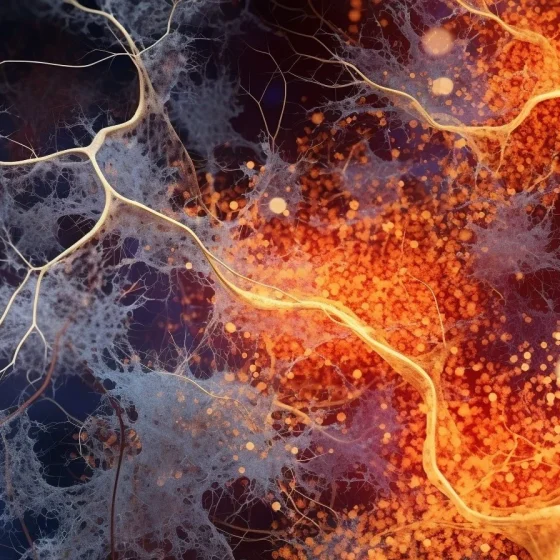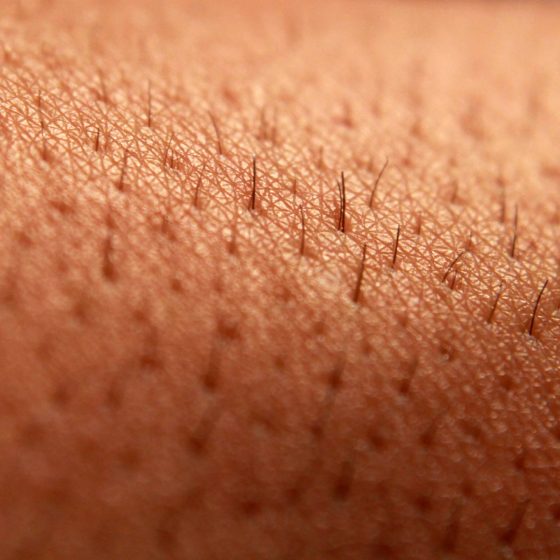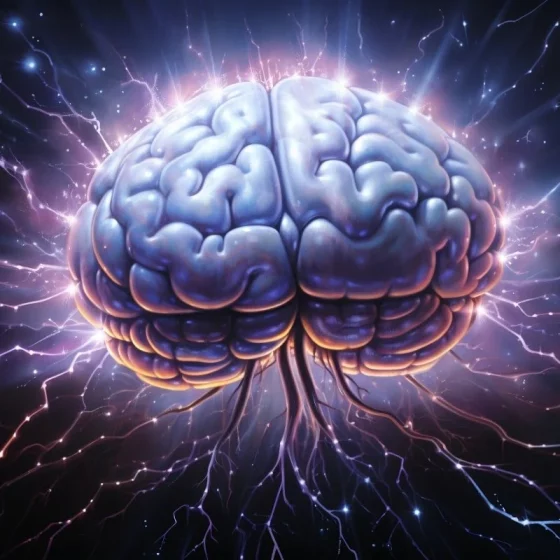Shingles
Key facts Shingles is an infection that causes a painful, blistering rash. It is most common in people over 50 years. Shingles can be treated with antiviral medicine. You can’t catch shingles from someone who has shingles, but you can get chickenpox from someone who has shingles if you have never had chickenpox or the chickenpox vaccine. The shingles vaccine helps prevent you from getting shingles. What is shingles? Shingles is a viral infection that causes a painful, blistering rash. Who can get shingles? You can only get shingles if you have had chickenpox. It’s possible to have had chickenpox







